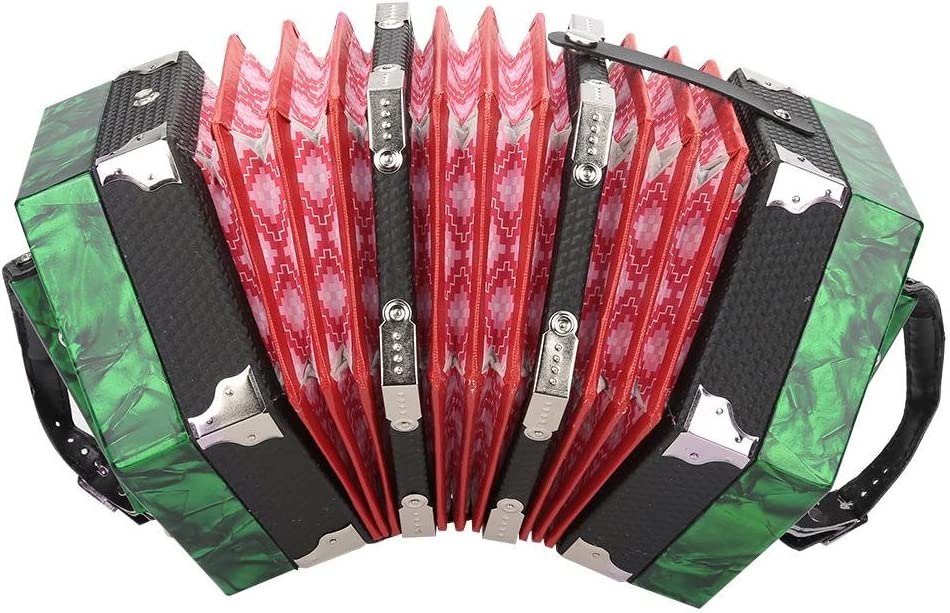The following factors can be used to find the greatest concertinas available on the market: design, amount of buttons, tone, volume, range, materials, toughness, portability, warranty, and ease of use. Sir Charles Wheatstone obtained a patent for a free-reed musical instrument in London in 1829. Between two sets of boards that hold the reeds in fraised sockets, as well as the pallet valves and finger buttons by which air is selectively admitted to the reeds, hexagonal hand bellows are fastened. The separate brass frames are screwed to which the steel or brass reed tongues are fastened. The concertina uses “double action,” where each note is produced by a pair of reeds, one of which sounds when the bellows are pressed and the other when they are drawn. The chromatic scale is divided between the two hands in the original and most popular form; in certain subsequent models, such as the duet-system concertina, a chromatic scale is provided for each hand. One of the best concertina selections may be found at McNeela Instruments, which primarily serves the US, UK, Europe, and Ireland.
Most Important Considerations before buying a concertina:
- Style: There are three styles of concertinas: English, Anglo, and Duet. Choose a concertina with the appropriate fingering pattern. On the push and pull of the bellows, only concertinas made in the Anglo style can play various notes. English concertinas have rectangular-shaped buttons and are fully chromatic. The most varied duet concertinas are the less popular ones, but they are also the most challenging to play. A concertina should be chosen based on the style of music you intend to play.

- Quantity of keys: There are various concertina types with various numbers of buttons. Some have up to 48 buttons, while others have at least 20. The concertina you select should be appropriate for the style of music you intend to play and be within your range of ability. The buttons on more affordable variants frequently adhere to the housing. Beginners frequently become frustrated by this and become disinterested in studying the instrument. To get out of this situation, think about spending more money on higher-quality concertinas.
- Reeds: Brass or steel can be used to make concertina reeds. The former requires more frequent tunings but has a softer tone than the latter. Contrarily, a concertina with steel reeds lasts longer and won’t need tuning as frequently as one with brass reeds. Even faster sound production is possible. However, steel typically costs more than brass.



